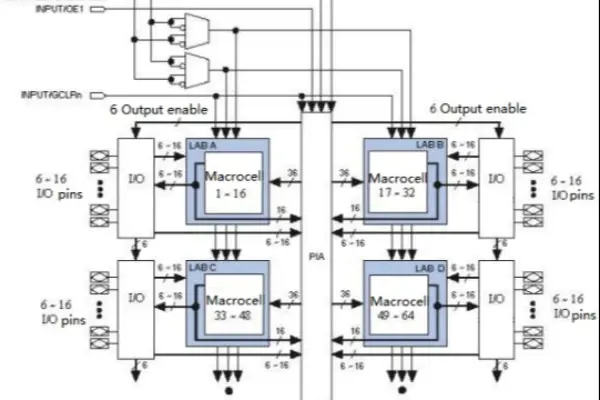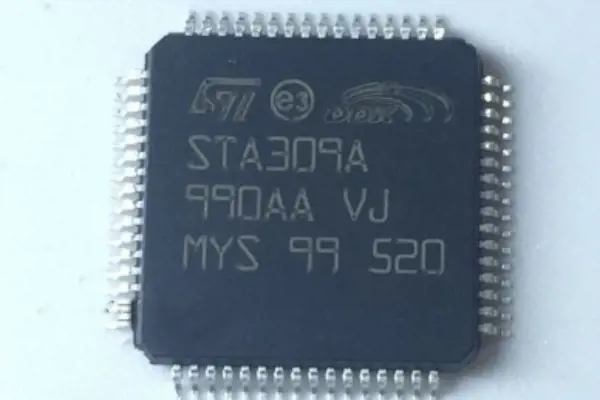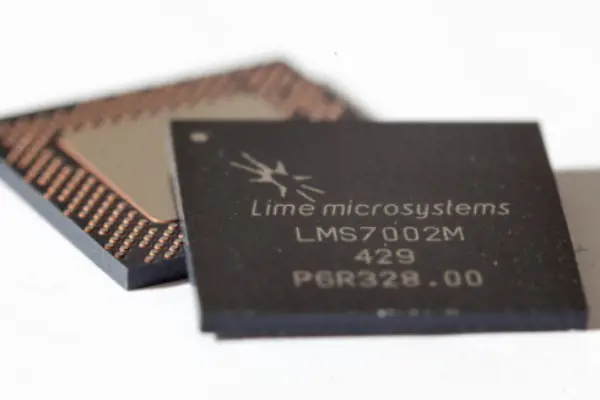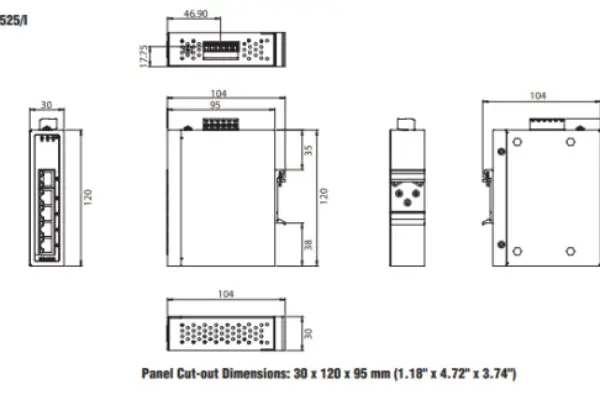LT9611UXC Lontium: Datasheet, Features and Applications
 Published: Sep 27, 2023
Published: Sep 27, 2023
Contents
In the world of high-definition video and audio transmission, the LT9611UXC from Lontium Corporation shines as a cutting-edge integrated circuit (IC) that is transforming how we experience multimedia content.
Whether you're a multimedia engineer, a system designer, or simply intrigued by the technology behind your favorite gadgets, this article is your gateway to understanding the Datasheet, Features, and Applications of the LT9611UXC and how it's shaping the future of multimedia connectivity.
LT9611UXC Descriptions
The LT9611UXC is a multimedia converter chip manufactured by Lontium Semiconductor Corporation. It is designed to convert MIPI DSI (Display Serial Interface) and CSI (Camera Serial Interface) signals to HDMI 2.0 output. This makes it a valuable component for connecting MIPI-based displays or cameras to HDMI displays or monitors, especially in applications requiring high-resolution video and data transfer.
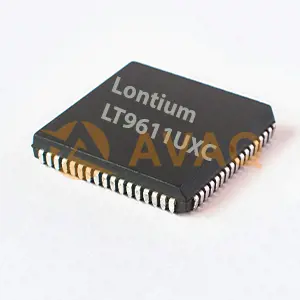
Figure 1. LT9611UXC
The MIPI DSI/CSI inputs have configurable single or dual ports with one high-speed clock channel and one to four high-speed data channels, and operate at a maximum rate of 2Gbps/channel, supporting up to 16Gbps of total bandwidth. The LT9611UXC supports burst mode DSI video data transmission and also supports flexible video data mapping paths. The integrated DSC decoder enables up to 1:3 visual lossless decompression, which reduces bandwidth requirements for UHD video transmission, as well as power consumption and EMI.
The HDMI 2.0 output supports data rates up to 6Gbps, providing enough bandwidth for 4k@60Hz video. In addition, HDCP2.2 is supported for data encryption.
Two digital audio inputs are provided: I2S and SPDIF. The I2S interface supports 2-channel LPCM and the SPDIF interface supports 2-channel LPCM or compressed audio, both with a maximum sampling rate of 192kHz.
LT9611UXC Pinout
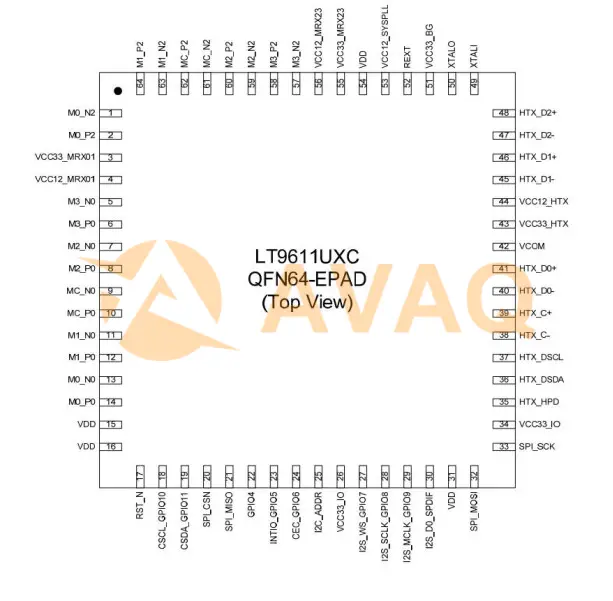
Figure 2. LT9611UXC Pin Configuration
LT9611UXC Specifications and Features
The LT9611UXC is a versatile multimedia converter chip that offers a wide range of features and capabilities. Here are the key features of the LT9611UXC:
Single/Dual-Port MIPI DSI/CSI Receiver:
- Compliant with D-PHY 1.2, DSI 1.3, and CSI-2 1.3 standards.
- Integrated DSC 1.2 decoder.
- Configurable as 1 or 2 ports.
- Supports 1 clock lane and 1, 2, 3, or 4 configurable data lanes per port.
- Data lane speeds ranging from 80 Mbps to 2 Gbps per lane.
- Skew calibration for optimal signal integrity.
- Programmable receiver equalizer.
- Supports data lane swap (arbitrarily) and polarity inversion (independent).
- 3D support: can receive L and R frames or alternate odd-L/even-R pixels.
- Supports DSI in both burst and non-burst modes.
- DSI supports various video formats with or without DSC/CSC.
Digital Audio Input:
- I2S interface supporting 2-channel audio with various sample rates (32-192 kHz) and sample sizes (16-24 bits).
- SPDIF interface supporting PCM, Dolby Digital, and DTS digital audio at up to 192 kHz frame rate.
- IEC60958 or IEC61937 compatible.
HDMI 2.0 Transmitter:
- Compliant with HDMI 2.0b, HDMI 1.4, and DVI 1.0 standards.
- Compliant with HDCP 2.2 and HDCP 1.4.
- Supports a high data rate of up to 6 Gbps.
- On-die back termination.
- Programmable transmitter swing and pre-emphasis.
- AC-couple capable.
- Supports channel swap (arbitrarily) and polarity inversion (independent).
- Capable of supporting 4K resolution at 60Hz.
- Supports 3D formats (side-by-side/full).
- Supports various video formats with or without DSC/CSC.
- HDR (High Dynamic Range) support.
- TMDS scrambling for EMI/RFI reduction.
- Supports SCDC (Status and Control Data Channel).
- 5V tolerance for DDC (Display Data Channel) and HPD (Hot Plug Detect) I/Os.
Miscellaneous:
- CSC (Color Space Conversion): Supports RGB <-> YUV444 <-> YUV422 conversion.
- Integrated CEC (Consumer Electronics Control) controller.
- External oscillator.
- Integrated microprocessor.
- Embedded SPI flash for firmware and HDCP keys.
- GPIOs for system controls.
- Integrated 100/400 kHz I2C slave interface.
- Firmware update capability through SPI or I2C interface.
- Power supply: 3.3V for I/O and 1.2V for the core.
- ESD (Electrostatic Discharge) protection: 4kV HBM (Human Body Model).
- Wide temperature range: -40°C to +85°C.
- Package: QFN64 (7.5mm x 7.5mm).
LT9611UXC Applications
The LT9611UXC has a wide range of applications, primarily centered around its ability to convert MIPI DSI/CSI signals to HDMI 2.0 output while supporting various video and audio formats. Here are some common applications,
#1 Mobile Devices: It can be used to connect smartphone and tablet displays (which often use MIPI DSI) to external HDMI monitors or TVs, allowing users to mirror or extend their device's screen for presentations or media playback.
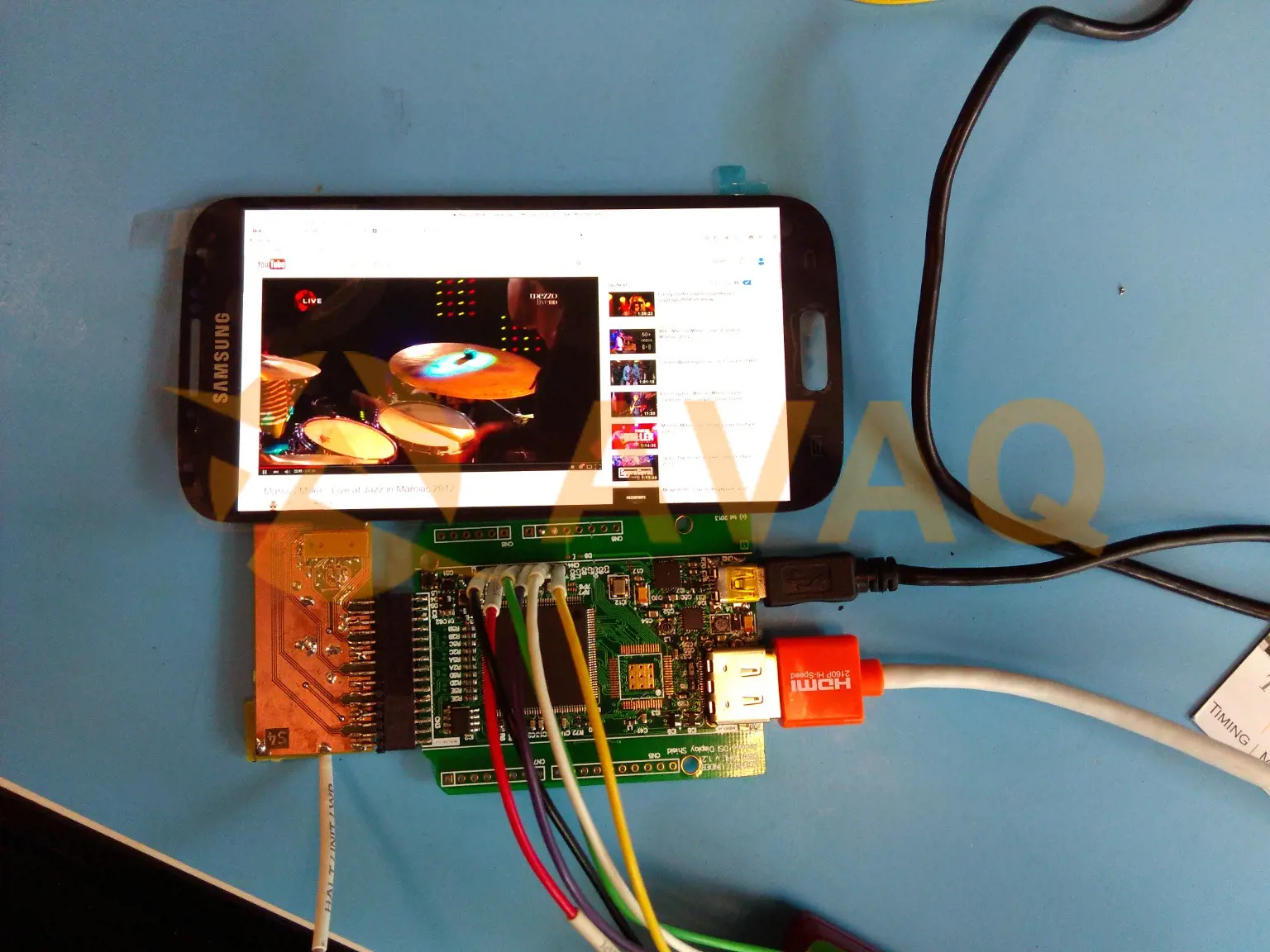
Figure 3. connect phone to external hdmi monitors
#2 Automotive Displays: In automotive applications, it can be used to interface MIPI-based camera modules or infotainment systems to the vehicle's HDMI displays for navigation, entertainment, and parking assistance.
#3 Industrial Displays: The chip is suitable for connecting MIPI-based industrial displays, cameras, or sensors to HDMI-enabled equipment, including control panels, monitors, or video recorders.
#4 Consumer Electronics: The LT9611UXC can be used in various consumer electronics products, such as gaming consoles, set-top boxes, and media players, to bridge the gap between MIPI interfaces and HDMI displays.
#5 Medical Imaging: Medical equipment often uses MIPI interfaces for cameras and displays. This chip can be employed to interface these devices with HDMI monitors in medical imaging applications.
#6 Camcorders and Cameras: It can be used in camcorders and digital cameras with MIPI interfaces to provide HDMI output for live streaming, recording, or direct viewing on HDTVs.
#7 Digital Signage: The chip is valuable in digital signage systems where MIPI-based displays need to be connected to HDMI screens for advertising and information display.
#8 Gaming: In the gaming industry, it can be used to connect handheld gaming consoles or gaming peripherals with MIPI interfaces to large HDMI displays for an immersive gaming experience.
#9 Professional Video Production: In video production, the LT9611UXC can be employed to connect MIPI-equipped cameras to HDMI monitors or production equipment for real-time monitoring and recording.
#10 HDMI Signal Extension: It can serve as an HDMI signal extender, allowing HDMI signals to be transmitted over longer distances using MIPI cables, which can be advantageous in certain installations.
LT9611UXC Advantages and Disadvantages
Advantages:
- Versatility: The LT9611UXC is a versatile multimedia converter chip that can convert MIPI DSI/CSI signals to HDMI 2.0 output while supporting various video and audio formats. This versatility makes it suitable for a wide range of applications.
- High Data Rate: It supports a high data transfer rate of up to 6 Gbps per data lane, making it capable of handling high-resolution video and data streams.
- Flexible Configuration: The chip offers flexibility in terms of the number of configurable ports, data lanes, and supported video formats. This flexibility allows it to adapt to different input and output requirements.
- MIPI and HDMI Compliance: It complies with MIPI D-PHY and DSI standards, as well as HDMI 2.0b, HDMI 1.4, and DVI standards, making it compatible with a wide range of devices and displays.
- HDCP Support: The chip supports HDCP 2.2 and HDCP 1.4, which is essential for content protection when transmitting copyrighted material.
- Audio Support: It supports various audio interfaces, including I2S and SPDIF, making it suitable for multimedia applications that require audio transmission.
- 3D and HDR Support: The chip supports 3D video formats and HDR (High Dynamic Range) content, enhancing the visual experience.
- EMI/RFI Reduction: It includes features like TMDS scrambling for electromagnetic interference (EMI) and radio-frequency interference (RFI) reduction.
- Temperature Range: The chip operates within a wide temperature range, making it suitable for industrial and automotive applications.
Disadvantages:
- Complexity: The LT9611UXC is a complex chip with multiple configuration options and settings. Implementing it in a design may require careful consideration and expertise.
- Cost: High-performance multimedia converter chips like the LT9611UXC can be relatively costly, which may affect the overall cost of the system.
- Power Requirements: The chip typically requires multiple power supply voltages (3.3V for I/O and 1.2V for the core), which may necessitate additional power management components.
- Footprint: The QFN64 package, while compact, may require specific layout considerations on the PCB, and soldering it can be more challenging than larger packages.
- Integration: For some applications, the chip's feature set may be overkill, and a simpler solution may suffice.
- Documentation and Support: Availability of comprehensive documentation, application notes, and technical support can vary by manufacturer, so it's important to have access to the necessary resources for integration.
Application Diagram

Figure 4. LT9611UXC application diagram
LT9611UXC Manufacturer
The LT9611UXC is manufactured by Lontium Semiconductor Corporation, a company that specializes in providing semiconductor solutions for multimedia and video interface applications. Lontium Semiconductor Corporation is known for producing a range of multimedia converter and interface chips, and the LT9611UXC is one of their products designed for converting MIPI DSI/CSI signals to HDMI 2.0 output.

Figure 5. Manufacturer Lontium
LT9611UXC Package
The LT9611UXC is typically available in a QFN64 (Quad Flat No-Lead) package.
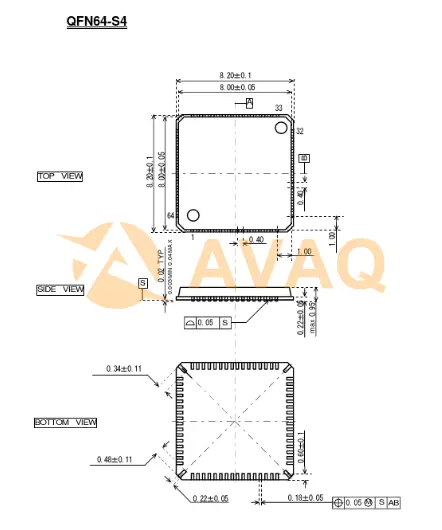
Figure 6. QFN64 package
LT9611UXC Datasheet
Free download LT9611UXC datasheet here>>
Conclusion
In conclusion, the LT9611UXC from Lontium Corporation is at the forefront of modern multimedia technology, enabling high-quality video and audio transmission in an array of applications. Its feature-rich design, versatile applications, and reliability have made it a go-to choice for engineers and designers seeking to enhance multimedia experiences.
 FAQ
FAQ
- How do I select the right multimedia converter chip for my project?
- Choosing the right multimedia converter chip depends on your project's requirements, including the formats you need to support, processing power, power consumption, and cost considerations. It's essential to consult the datasheets and technical documentation provided by chip manufacturers and, if possible, work with an applications engineer to determine the best fit for your application.
- Are there any open-source multimedia converter chips or codecs?
- While there are open-source multimedia codecs and libraries like FFmpeg and GStreamer that can be used for multimedia processing, the hardware chips themselves are typically proprietary and designed by semiconductor manufacturers.
- Can multimedia converter chips handle high-definition (HD) and 4K video formats?
- Yes, many modern multimedia converter chips support HD and 4K video formats. They have the processing power and specialized hardware to decode and encode high-resolution video content.
- What is the role of multimedia codecs in these chips?
- Multimedia codecs, short for coder-decoder, are software or hardware algorithms that handle the compression and decompression of multimedia data. Multimedia converter chips use these codecs to encode data for storage or transmission and decode it for playback.
- How do multimedia converter chips handle different multimedia formats?
- Multimedia converter chips typically include specialized hardware or dedicated processing cores for different multimedia formats. They use algorithms and codecs specific to each format to decode (playback) or encode (record) data accurately.
- What is a multimedia converter chip?
- A multimedia converter chip, often referred to as a multimedia codec (coder-decoder), is an integrated circuit designed to convert various multimedia formats, such as audio, video, and image data, from one format to another. These chips play a crucial role in multimedia devices by enabling the encoding and decoding of digital media.
LT9611UXC In Stock: 7117
 Popular Industry Focus
Popular Industry Focus
Related Parts
-

NEO-M8T-0-01
U-BLOX AG
GPS Receiver 1575.42MHz 3.6V 24-Pin T/R
-
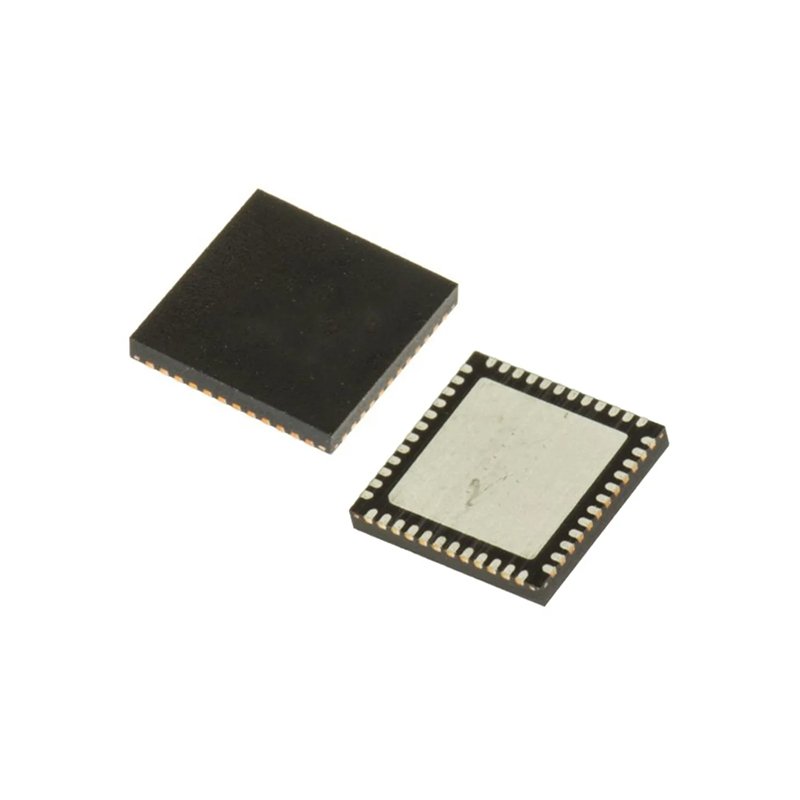
PTN3392BS/F3
NXP Semiconductor
NXP Semiconductors PTN3392BS/HVQFN48//F3/REEL 13 Q1/T1 *STANDARD MAR
-
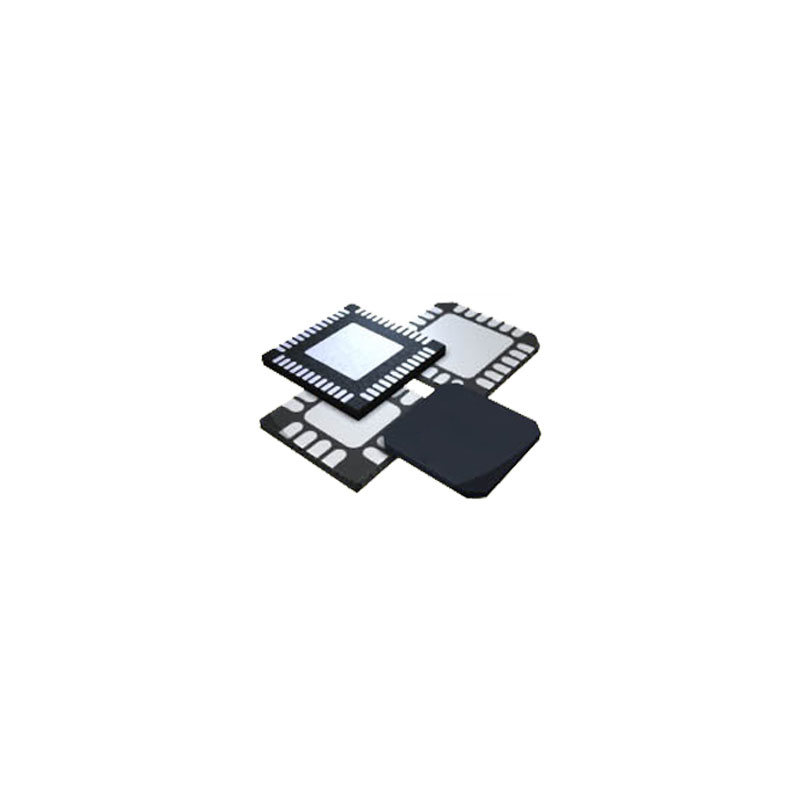
PTN3355BS
NXP Semiconductor
Low power DisplayPort to VGA adapter with integrated 1 : 2 VGA switch
-
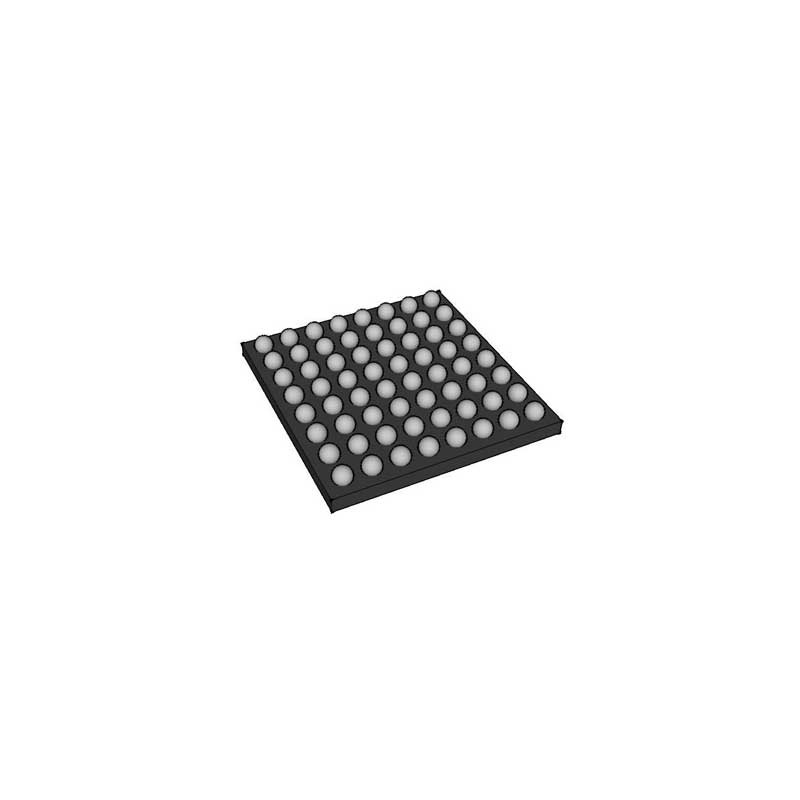
HI-1590PCI
Holt Integrated Circuits
Dual Transceiver 1TX 1RX 44-Pin QFN EP
-
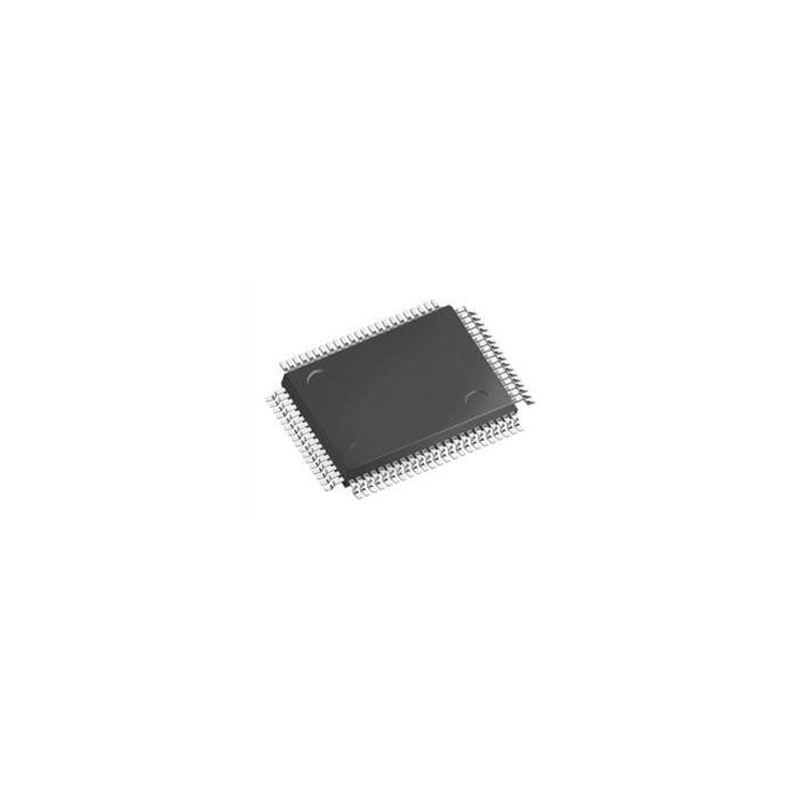
FDC37C666
Microchip Technology, Inc
I/O Controller IC
-

LPC47B272
Microchip Technology, Inc
Super I/O Controller.
-

BLP15H9S100GZ
Ampleon
Trans RF FET N-CH 106V 3-Pin TO-270 T/R
-

LSISAS1064E-LEADFREE
Broadcom Corporation
PCI SCSI Controller PCI/Flash Memory 636-Pin EPBGA
-

WP413808 SLJ7B
Intel Corp
I/O Controller 1357-Pin FCBGA
-

NVVR26A120M1WSS
ON Semiconductor, LLC
Silicon Carbide (SiC) Module - EliteSiC Power Module for Traction Inverter, Single-Side Cooling, 2.6mΩ Rds_on, 1200V, Half-Bridge, Straight Power Tabs
-

HGTP14N44G3VL
ON Semiconductor, LLC
Trans IGBT Chip N-CH 490V 27A 231mW 3-Pin(3+Tab) TO-220AB T/R
-

IGC50T120T8RQX1SA1
Infineon Technologies Corporation
IGBT Trench Field Stop 1200 V Surface Mount Die
-

SKiiP 24NAB12T4V10
Semikron, Inc
MiniSKiip; 1200V; 50A | SEMIKRON SKIIP 24NAB12T4V10
-
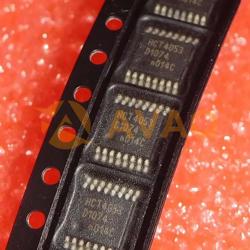
HCT4053
HARRIS
8-channel analog multiplexer/demultiplexer
-
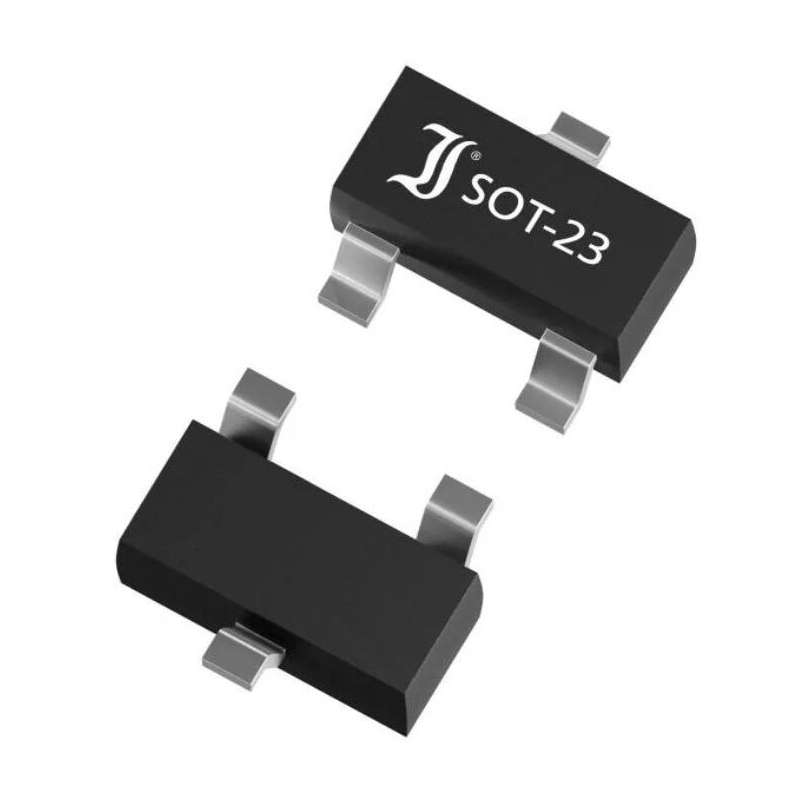
XC6202P502MR
TOREX
LDO Voltage Regulators Volt. Reg. 5.0v, SOT-23

 Update Time: Oct 09, 2023 Consumer Electronics
Update Time: Oct 09, 2023 Consumer Electronics